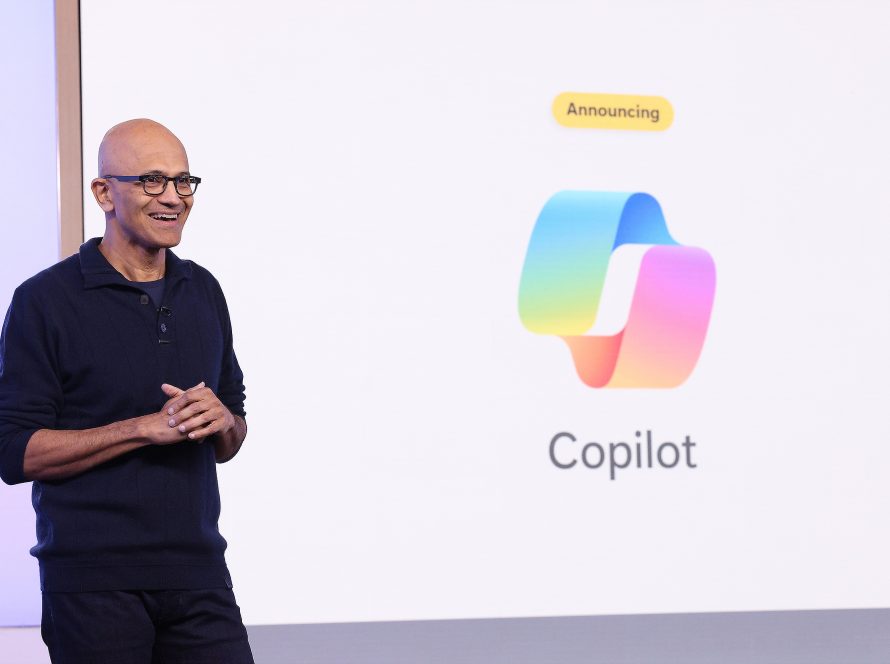In a significant move, Microsoft is broadening its AI portfolio by incorporating Meta’s latest AI language model, Llama 2, into its Azure cloud-computing platform. This strategic decision underscores Microsoft’s commitment to diversifying its generative AI offerings, steering beyond its formidable alliance with OpenAI.
Meta, previously known as Facebook, has designated Microsoft as its “preferred partner” for Llama 2, a powerful AI language model designed to cater to both researchers and businesses. Llama 2, now accessible on Azure, is provided free of charge, emphasising Meta’s and Microsoft’s shared vision of democratising AI and making its benefits widely accessible.
“We offer developers choice in the types of models they build on, supporting open and frontier models and are thrilled to be Meta’s preferred partner as they release their new version of Llama 2 to commercial customers for the first time,” stated Microsoft, lauding the collaborative endeavour.
While Meta is not primarily focused on monetising Llama 2, companies seeking commercial access would be required to engage with Microsoft for enterprise hosting capabilities. This implies a potential avenue for Microsoft to capitalize on the venture.
Mark Zuckerberg, CEO of Meta, announced the public release of Llama earlier this year, an initiative aimed at empowering scientists and engineers to explore the diverse applications of AI, including question answering and document summarisation.
Although Meta may not experience direct financial gains from the partnership with Microsoft, the move strategically positions Meta to expand the reach of its AI software among a broader user and developer base. Additionally, Llama 2 will also be available through Amazon Web Services and Hugging Face, a popular service among AI researchers.
This collaboration holds significance for Microsoft as well. By embracing Meta’s Llama 2, Microsoft is signalling its willingness to diversify its AI offerings and not limit itself to models developed exclusively by OpenAI.
In an era where remote and hybrid work models are prevalent, organizations and employees require technology that fosters genuine connections, regardless of physical proximity. According to Microsoft’s Work Trend Index report, building relationships remains a significant challenge in remote and hybrid work setups. Recognising this, Microsoft is introducing a groundbreaking solution, Microsoft Mesh, set to launch in public preview in October 2023.
Microsoft Mesh represents a paradigm shift, offering a three-dimensional (3D) immersive experience that enables distributed workforces to connect in a manner previously unattainable. This innovation transforms virtual meetings and events into experiences that closely emulate face-to-face interactions.
One of the key features of Mesh is its ability to create 3D digital environments, facilitating meaningful connections in shared spaces. This spatial interaction, co-presence, and immersion afford a unique sense of physical togetherness, enhancing digital engagement. The removal of distractions in 3D environments leads to heightened immersion, focusing participants’ attention on the people and objects in their immediate surroundings.
Microsoft’s ambition is to facilitate connectivity regardless of geographical location, and Mesh achieves this by integrating seamlessly with tools already in widespread use. Users can access immersive spaces through Microsoft Teams, a platform employed by hundreds of millions, or participate in custom immersive spaces within Mesh. While immersive spaces will be initially available on PCs and Meta Quest VR devices, virtual reality experiences promise an even richer and more immersive interaction.
For more detail visit here


